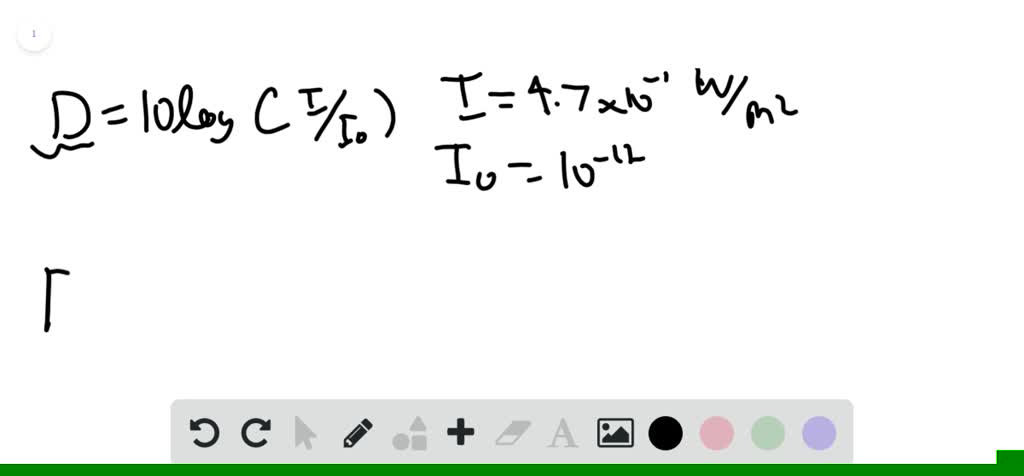

Infrasound monitoring is an integral part of the verification regime of the Comprehensive Nuclear-Test-Ban Treaty (CTBT), which is designed to detect any nuclear explosion on Earth - in the atmosphere, underground, or underwater.

With the help of modern computer technology of processing reflected and refracted infrasound waves, 2D and 3D images of deposits can be obtained and used to assess the prospects for their future development. Because nowadays approximately a third of the oil and gas extracted worldwide comes from offshore sources and the undiscovered underwater reserves exceed those reserves on land, more and more attention is given to the research of the seabed in recent years. They often conduct seismic surveys, which is a highly efficient method in mineral exploration including especially valuable deposits of oil and natural gas. Geophysicists successfully use infrasound in the study of properties and characteristics of the Earth and its components - crust, mantle, and core. Although we are not able to control the earthquakes and cannot avoid material losses for the foreseeable future, we should be able to at least minimize the number of casualties. There is hope that a tragedy like the tragedy of 2004, when the tsunami hit hundreds of thousands of people in South Asia, as well as the 2011 tragedy of Fukushima, will not come again. These stations use communication satellites to transmit information to the processing centers and to receive commands from them. Apart from shore-based stationary seismic stations, a network of autonomous DART (Deep-ocean Assessment and Reporting of Tsunami) stations is deployed. Scientists using modern computer science and electronics not only managed to decipher these natural sounds, but also put them at the service of humanity.įor example, in the countries that suffered from destructive tsunamis (Japan, Philippines, Malaysia, Thailand, Indonesia and others), scientists deployed tsunami warning systems. Strangely enough, sounds that lie outside the range of human hearing play an important role in various fields of knowledge. More about Infrasonic WavesĮxperimental Setup for Infrasound Recording Overview You can read more about various absolute and relative logarithmic units in our Logarithmic Unit Converter. The reference sound intensity I₀ can be determined from known sound intensity I and SIL as The sound intensity level is often expressed in dB SIL (dB SIL) instead of dB.įrom the formula above, the sound intensity I can be determined from the known reference level and SIL as Where I is the sound intensity in W/m² and I₀ is the reference sound intensity, which by default is equal to 10⁻¹² W/m² or 0 dB. The sound intensity level in dB is determined as the power ratio: The absolute means it can be easily converted into the sound level and vice versa. The sound intensity level (SIL), also called acoustic intensity level, is the absolute logarithmic unit of the sound intensity relative to a reference value of 10⁻¹² W/m² - human hearing threshold in the air. The picture above shows measuring the sound intensity using a sound intensity probe in the form of two face-to-face measurement microphones (left) placed together in a support structure (right). The two microphones can be placed in a measuring probe face-to-face (most often), side-by-side, in tandem, or back-to-back. To measure the sound intensity, it is necessary to use at least two identical microphones that are placed close together in a support structure. The human threshold of pain is approximately 1 W/m².

The faintest sounds that the human ear can detect at 1 kHz (in other words, the human hearing threshold) have an intensity of approximately 1♱0⁻¹² W/m².

It is measured in units of power per square meter and the SI unit for sound intensity is the watt per square meter (W/m²). In other words, the sound intensity is the rate at which sound energy passes through that unit area. The sound intensity I is defined as the amount of energy per unit time transferred by sound waves in the direction of sound waves propagation through a unit area that is perpendicular to this direction.


 0 kommentar(er)
0 kommentar(er)
